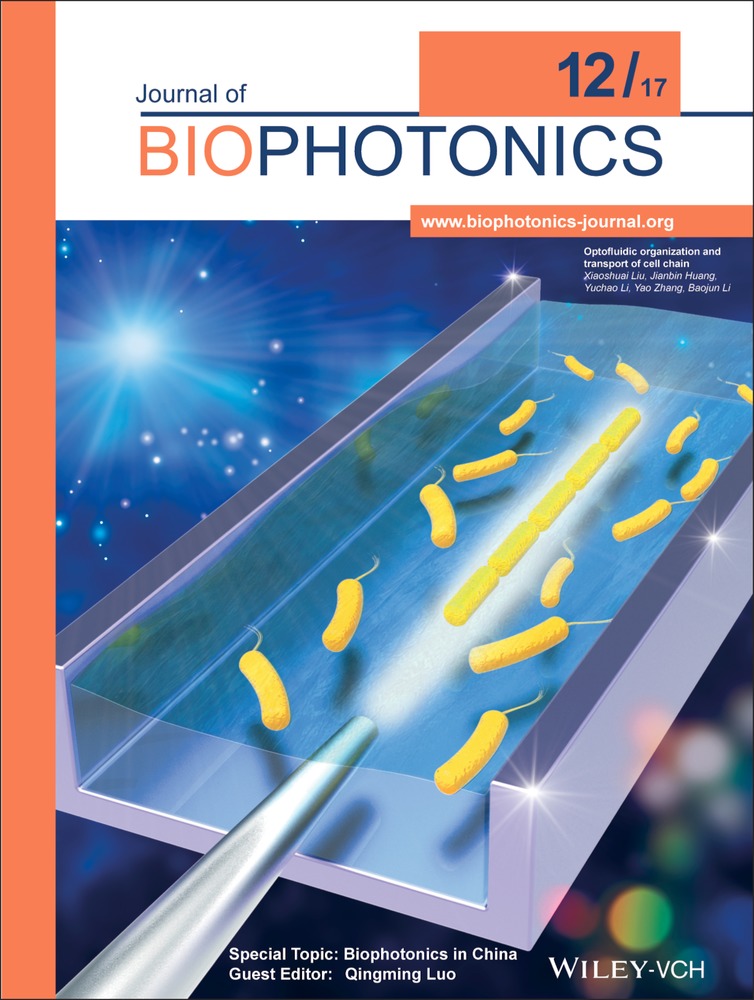Treatment of tumor in lymph nodes using near-infrared laser light-activated thermosensitive liposome-encapsulated doxorubicin and gold nanorods
Abstract
Tumor metastasis to lymph nodes is an important contributory factor for cancer-related deaths despite recent developments in cancer therapy. In this study, we demonstrate that tumor in the proper axillary lymph node (PALN) of the mouse can be treated by the application of external laser light to trigger the unloading of doxorubicin (DOX) encapsulated in thermosensitive liposomes (TSLs) administered together with gold nanorods (GNRs). GNRs + DOX-TSLs were injected into a mouse lymph node containing cancer cells (malignant fibrous histiocytoma-like cells) and intranodal DOX release was activated using near-infrared (NIR) laser irradiation. The temperature changes arising from the laser-irradiated GNRs triggered the release of DOX from the TSLs. A greater degree of inhibition of tumor growth was found in the co-therapy group compared to the other groups. The treatment effect was achieved by a combination of chemotherapy and NIR-activated hyperthermia. In vivo bioluminescence imaging and histological analysis confirmed tumor necrosis in response to combined treatment. This work presents a theranostic approach with excellent treatment results that has the potential to be developed into an alternative to surgery for the treatment of breast cancer metastasis.




